Brief Answer: As of July 2025, the average monthly electric bill in New York is around $141.79. The average electricity rate in New York is 22.19 cents per kilowatt-hour (kWh), higher than the national average of 16.15 cents per kWh. Currently, New York ranks as the 43rd lowest-priced state in the US for electricity.
In New York City, where the pace of life is fast and energy demands are at an all-time high, it becomes crucial to understand and analyze the average electric bill for residents and commercial properties. With an average electric price of 22.19 ¢/kWh, the average electric bill in NYC is close to $141.79 per month, which adds up to $1,700 per year.
Jackery Solar Generators are essential home backup solutions that can power almost all household appliances. The Jackery Solar Generator HomePower 3000, Jackery Solar Generator 2000 Plus, and Jackery Solar Generator 2000 Plus Kit (4kWh) can be a great addition for those who aim to lower their monthly electric bill and save a great deal on their monthly living expenses.
AI Takeaways
-
As of May 2025, data from the EIA show that New York residents pay an average of $170.42 per month for electricity, with an electric rate of 26.67 cents per kWh.
-
As of May 2025, the US national average electricity rate is 17.47 cents per kWh, which is much lower than New York's electric rate.
-
According to PowerOutage.us data, New York ranks 43rd among US states in terms of electricity pricing, making it one of the more expensive states.
-
How much does it cost to live in New York.
-
How to pay less for your electricity in New York with solar generators.
What Is The Average Electric Bill In New York?
According to the EIA data from May 2025, the average electric rate in New York is 26.67 cents per kWh. If the residents use 639kWh, the monthly electric bill in New York is around $170.42. The average electric bill in New York is $141.79 per month, according to the average electric rate of 22.19 ¢/kWh in July 2025. With an estimated monthly usage of 639kWh, the state's average monthly electric bill comes at roughly $141.79. The average electric bill in the United States is $142.28, with a monthly usage of 881 kWh and an average electricity rate of 16.15 ¢/kWh.
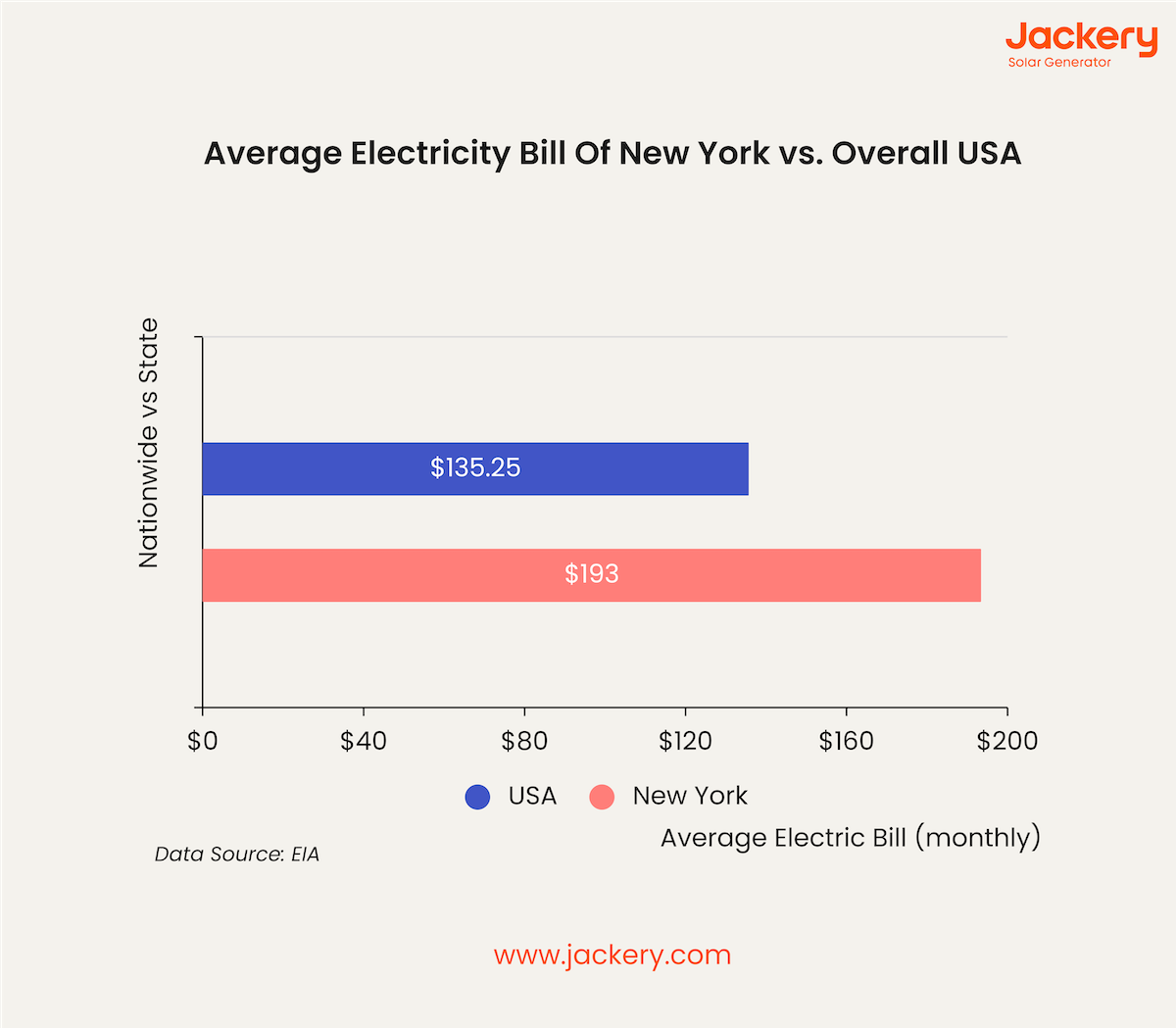
Here we compare the average electric bill of New York with other states in the US:
|
State |
Average Electric Bill (May 2025) |
Average Electric Rate (May 2025) |
Monthly Usage |
|
New York |
$170.42 |
26.67 ¢/kWh |
639 kWh |
|
Utah |
$98.89 |
12.63 ¢/kWh |
783 kWh |
|
New Mexico |
$96.14 |
14.59 ¢/kWh |
659 kWh |
|
Nebraska |
$137.46 |
13.18 ¢/kWh |
1043 kWh |
|
Arizona |
$167.21 |
15.76 ¢/kWh |
1061 kWh |
|
California |
$187.41 |
35.03 ¢/kWh |
535 kWh |
|
Florida |
$166.42 |
14.98 ¢/kWh |
1111 kWh |
|
Kentucky |
$154.03 |
14.08 ¢/kWh |
1094 kWh |
|
Missouri |
$139.68 |
12.97 ¢/kWh |
1077 kWh |
Source: EIA Data from May 2025
While NYC's average electric bill is $170.42 per month, which seems a little higher than that of other states like Utah and New Mexico, it is important to consider that New York City is a densely populated urban center with high demands and operating costs. Additionally, the electricity rate is also on the higher end compared to the other states.
An electricity rate or tariff is defined as the rate at which a privately owned investor or government body sells electrical energy to the end user. In different scenarios, these end-users can be the owners of the residential or can own different commercial buildings.
|
Electricity Provider |
300 kWh |
450 kWh |
583 kWh |
|
Delivery |
$45.98 |
$68.19 |
$100.71 |
|
Commodity |
$39.79 |
$44.01 |
$66.34 |
|
MAC |
$3.12 |
$4.55 |
$6.17 |
|
RDM |
$1.96 |
$2.86 |
$2.75 |
|
Surcharges |
$1.73 |
$2.53 |
$3.42 |
|
Total |
$88.66 |
$116.42 |
$179.39 |
Note: The electricity rates of the providers are subject to change, so make sure to check their official website.
What Is The Average Electric Bill For Different House Sizes in New York?
The average electric bill in NYC varies from $130 - $275, depending on the location, number of active appliances, power consumption, residents in the property, and others. Here is a breakdown of the average electric bill for different bedroom sizes in NYC:
What is the Average Electric Bill For 1-Bedroom House In NYC
A typical one-bedroom house in NYC will have an average electric bill of $133.35 - $160.02 per month, depending on the season and usage of around 500kWh and 600kWh. Rates are higher during the peak seasons and lower during the off-peak seasons.
What is the Average Electric Bill For 2-Bedroom House In NYC
A typical 2-bedroom house or apartment in NYC will have an average electric bill of $213.36 - $240.03 with monthly usage of an estimated 800kWh - 900kWh. The house will have limited appliances, like one television, one refrigerator, etc., which would limit the monthly electric bill.
What is the Average Electric Bill For 3-Bedroom House In NYC
With a monthly usage of 1025 kWh, the average electric bill for a 3-bedroom house in NYC, the residents will have to pay $273.36 monthly. There is a possibility that in a 3-bedroom house, there will be more residents, and they will use different electrical appliances simultaneously, leading to an increase in monthly usage and overall bill value.
As one can analyze from the different bedroom sizes, the increase in household size and potentially greater appliance usage contribute to the increase in the monthly average electric bill.
How Much Does It Cost To Live In New York?
The cost to live in New York is around $4,500-$5,500 for a single person and $7,000-$9,000 for a family of four. Housing is the dominant cost, which is around three to four times the national average. Utilities and groceries are less variable than housing costs.
Some of the most common utilities that one uses in New York City are:
- Electricity: Electricity is one such utility that increases the average cost of living in New York. An average New Yorker spends around $170.42 per month on electricity alone. Although this is an average number, the monthly average electric bill in NYC depends on multiple factors.
- Parking: Parking is yet another hefty utility expense that a typical New Yorker has to bear if they own a car. In NYC, parking costs an average of $150 per month.
- Gas: Due to the extreme winter weather from December to March, most New Yorkers use gas to warm their apartments. Many households also use gas to power their stoves for cooking. On average, gas costs another $100 per month.
- Water and Trash Disposal: Typically, monthly water charges are included in the apartment rent. However, separately, it costs $20 per month. Similarly, trash disposal also costs an average of $20 per month.
- Internet and Cable: A monthly internet and cable connection for a 60 Mbps plan or higher plan would cost roughly $70.21 monthly. These charges also depend on the service provider and the monthly data plans.
Apart from the common utilities, several other expenses constitute the average monthly cost of living in NYC.
- Housing: Housing is an important investment and expense for most American households. NYC is one of the costliest cities to live in. Home prices in NYC start at around $1.67 million, whereas the average monthly rent is around $3000-$3500.
- Food: The cost of food varies from state to state. In New York, a coffee costs $5.99, a dozen eggs costs around $4.34, a gallon of milk costs $4.87, and a bread loaf costs around $3.97. On average, you can expect to spend around $900-$950 per month on food. According to the US Bureau of Labor Statistics, the food index rose 2.3% over the year.
- Healthcare: If your employer or company does not cover healthcare, you will have to pay roughly $167.58 for a doctor's visit. A dentist's visit would cost $159.53, and an Optometrist's visit would cost $118.28.
- Transportation: In NYC, transportation expenses depend on multiple factors. The monthly pass costs $127 - $132, and taxi charges start at $5. Similarly, 1 liter of gasoline costs $1.02.
Here's an illustration of the average monthly cost of living in NYC:
|
Utilities |
Average Monthly Bill for Single Person |
Average Monthly Bill for Family of Four |
|
Electricity |
$170 |
$280+ |
|
Rent |
$3000-$3500 |
$4500-$5000 |
|
Utilities |
$175-$200 |
$175-$200 |
|
Food |
$900-$950 |
$950-$1800 |
| Transportation | $127-$132 |
$254 |
| Other Essentials | $500 |
$1000 |
| Total | $4,872-$5,452 |
$7,159-$8,534 |
Note: The monthly bills of different utilities are subject to change.
What Factors Affect The Average Electric Bill In New York?
Several factors influence average electricity bills in New York, including weather, appliance usage, household size, and electricity rates. Weather significantly impacts heating and cooling costs, while the number and type of appliances used (especially those like air conditioners, refrigerators, and electric dryers) directly affect consumption.
- Season: NYC experiences multiple seasons, each affecting the overall monthly expenses of the residents. During the winter season, residents rely heavily on heating systems, which leads to an increase in the average electric bill. Similarly, during the summer season, the demand for air conditioners surges, which again leads to an increase in the monthly electricity consumption.
- Square Footage: The size of apartments directly impacts the utility costs. Large properties would require more extensive HVAC systems to maintain indoor temperatures. In larger size houses or apartments, there is more space to heat or cool, which significantly increases energy consumption.
- Location: New York City is spread across 472.43 sq. miles and consists of several metropolitan areas. The demand for utilities in densely populated areas like Brooklyn or Manhattan increases the overall prices. Additionally, the regulatory policies and taxes vary depending on the location.
- Number of Occupants: More individuals in a household directly translates to increased demand for internal systems, like water, food, electricity, internet, etc. With more people sharing the residential property, appliances are used more, which leads to elevated utility bills.
How To Pay Less For Your Electricity In New York?
If you want to pay less for electricity in New York, you can consider switching to energy-efficient appliances, using solar generators to power appliances, and utilizing off-peak electricity hours. Here, we will explain some of the best ways that would help you lower your electricity rates in New York:
Reduce Energy Vampires
Energy vampires are electronic appliances that continue to draw power even when you have put them on standby mode, like toasters, coffee machines, and kettles. It is always recommended to keep an eye on them and unplug them when they are not in use.
Upgrade Your Appliances
If it fits your budget, you can upgrade your home appliances to energy-efficient appliances, which are regulated by the US Environmental Protection Agency.
Peak Usage Time
In NYC, the peak usage times are between 8:00 AM and midnight daily. During these times, electricity is more expensive. However, if you can shift some of your everyday consumption to the off-peak hours, then you will find a significant decrease in your monthly average electric bill.
Invest In Solar Energy
Solar energy would save you a lot of money by reducing or, in some cases, eliminating your monthly electric bill.
Based on the intensity and duration of sunlight hours in New York City, an average household would require a 10.2 kW solar panel system to offset their annual electricity consumption, which is estimated to be 12,300 kWh per year. Even though the initial cost of investing in such a system would come to around $32,000, one can expect to save $2,300 in the first year, $12,100 over a five-year period, $25,700 over a 10-year period, and $57,900 over a 20-year period.
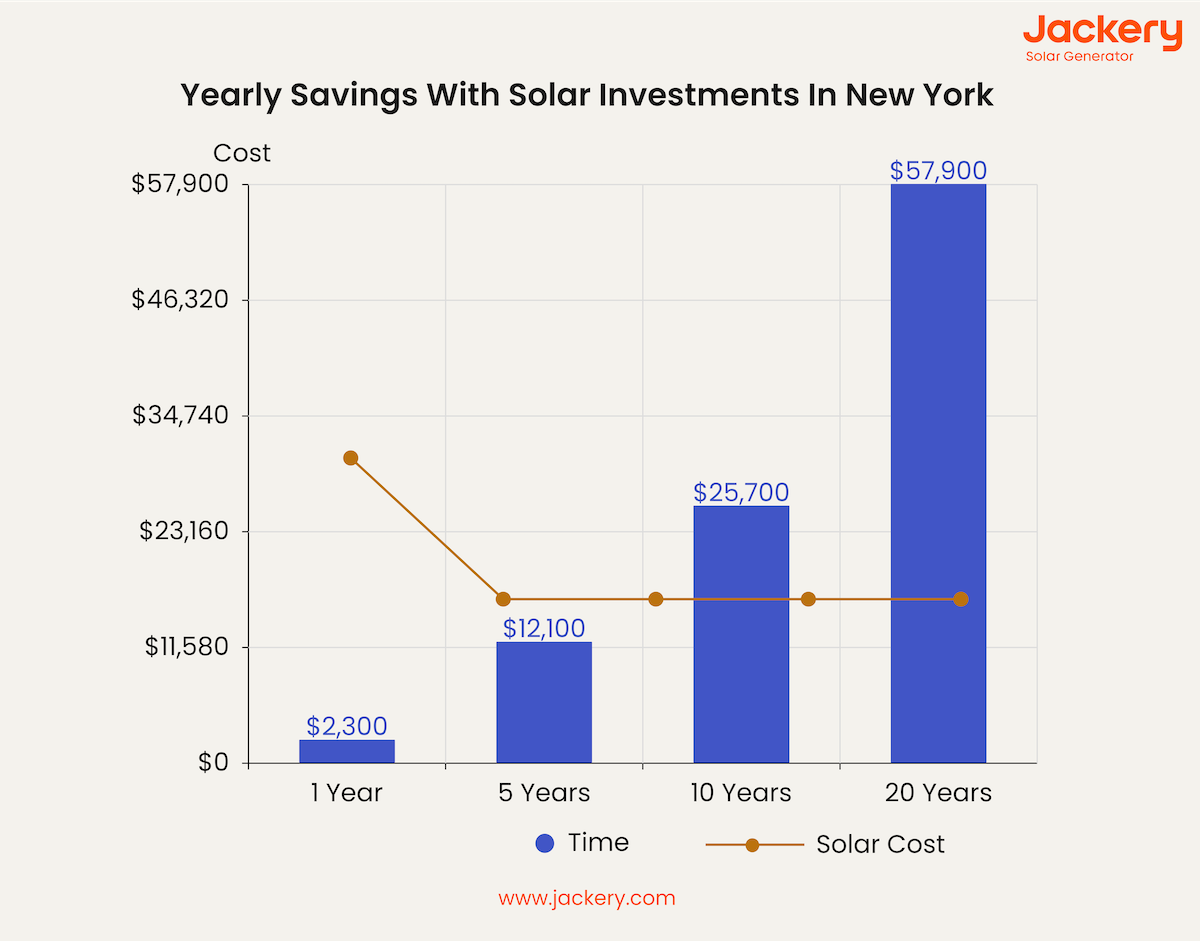
If you are planning to start utilizing solar energy to charge your everyday appliances in NYC, you can get Jackery Solar Generators as they are comparatively cheaper than full-fledged installation, and since the products are compact, you can easily carry them from one place to the other.
Jackery Solar Generators For Lowering Your Electric Bills
Jackery is a pioneer brand in solar generators, solar panels, and battery backups. Jackery Solar Generators can easily be charged using AC adapters and car chargers or by plugging them right into Jackery SolarSaga Solar Panels, which are compact and easy to carry.
The solar panels from Jackery have built-in monocrystalline silicon solar cells that harness the power of sunlight. These cells absorb solar radiation, converting it into electricity, which is later transferred to the portable power stations. With a built-in pure sine wave inverter, this electrical current is converted into AC electricity that helps charge a wide array of household appliances, like televisions, refrigerators, heaters, air conditioners, etc.
Jackery Solar Generator HomePower 3000
The Jackery Solar Generator HomePower 3000 is a dependable mid-capacity home battery backup power solution ideal for short-term outages and emergency preparedness. With enough power to keep your refrigerator, WiFi, lights, and medical devices running for hours, it’s well-suited for urban homeowners, apartment dwellers, or small families looking to reduce their electricity bills in New York. It also supports essential tools and electronics during weekend camping or RV trips.
Appliances Running Time
- Refrigerator (300W) = 8.1H
- Portable AC (1000W) = 2.6H
- Microwave (1000W) = 2.6H
- TV (150W) = 15.2H
- Cooler (600W) = 4.2H

Who Should Buy This
If you are a New York resident looking for an easy home backup solution to run essential appliances during peak hours and reduce electricity bills, you can consider going ahead with the Jackery Solar Generator HomePower 3000.
Customer Review
“I recently bought the Jackery HomePower 3000 along with two 200W solar panels, and I’m honestly impressed. With 3,024Wh of battery capacity, it powers 3 LED lights, 2 Woozoo fans, and a few other small devices for over 5 days straight without needing a recharge.” — Elmer P.
Jackery Solar Generator 5000 Plus
The Jackery Solar Generator 5000 Plus is an essential home backup power solution designed for extended outages, off-grid living, or remote work setups. With its massive battery capacity, it can power major appliances such as AC units, well pumps, induction cooktops, and more. It is ideal for anyone looking to reduce their reliance on the electricity grid and lower their electric bills in New York.
Appliances Running Time
- Refrigerator (300W) = 12.2H
- Portable AC (1000W) = 4.1H
- Microwave (1000W) = 4.1H
- TV (150W) = 21.4H
- Cooler (600W) = 6.6H

Who Should Buy This
The Jackery Solar Generator 5000 Plus is ideal for New York residents looking for a robust home battery backup solution to power multiple high-power appliances.
Customer Review
“So far, it seems to be a great investment. The generator/storage system works effectively and efficiently. Very easy to set up and operate. I believe I’m now ready to face a power outage and still be able to maintain my pump to keep the water flowing.” — James Nelson.
Jackery Solar Generator 2000 Plus
The Jackery Solar Generator 2000 Plus has a LiFePO4 battery with a capacity of 2042.8 Wh. A single Jackery Explorer 2000 Plus Power Station has the capacity to support up to 5 additional battery packs, expanding its capacity from 2 kWh to 12 kWh. By adding the Jackery Battery Pack 2000 Plus, the Jackery Explorer 2000 Plus Portable Power Station can later be expanded to 24 kWh capacity.
Appliances Running Time
- Refrigerator (300W) = 5.3H
- Portable AC (1000W) = 1.6H
- Microwave (1000W) = 1.6H
- TV (150W) = 10.0H
- Cooler (600W) = 2.7H

Who Should Buy This
The Jackery Solar Generator 2000 Plus is ideal for those looking for a home battery backup solution for short power outages that can also work as an outdoor battery backup.
Customer Review
"Purchased for home backup, but I also take these out with me on long camping trips. It will easily power whatever you plug into it, and the 30-amp RV plug is a nice addition." -- Chris.
New York Average Electric Bill FAQs
What size of solar generator do I need for my house in New York?
The size of the solar generator that you can use in New York depends on various factors. Here's a typical scenario for someone living in the Brooklyn area in a 2-bedroom apartment. They are powering a refrigerator (300W) and a heater (800W) simultaneously with the Jackery Solar Generator HomePower 3000. To calculate the working hours of the solar generator, visit the product page and scroll to find the Running Time Calculator. Input the total wattage of the appliances you would like to power simultaneously and hit Enter to get an estimated runtime. In this case, the Jackery Solar Generator HomePower 3000 will run these appliances (1100W) for 2.3 hours.
How much is the average electricity bill in New York City?
With a monthly usage of roughly 639 kWh and an electric rate of 26.67 cents per kWh, New York City's average monthly electric bill is around $170.42.
Why is my electric bill so high in NY?
There can be several reasons affecting your monthly electric bill in NY. At the same time, the price set by power plants or other generators on the statewide grid also impacts the monthly electric bill.How much is the electric bill in NYC per month?
Is electricity expensive in New York City?
Final Thoughts
There is no denying the fact that the cost of living in New York City is rising because of the market and economic growth. By analyzing the average electric bill in NYC, one can estimate how much they need to save every month if they plan to live in this metropolitan region. With the electricity price at an all-time high, this is the best time to shift towards solar generators that would reduce your monthly average electric bills. Jackery Solar Generators have a massive battery capacity and compact design. Once fully recharged, Jackery Solar Generators can power most household appliances. With a lightweight design and multiple product options, Jackery offers a sustainable model for all.

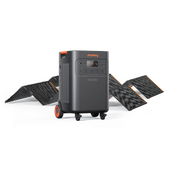
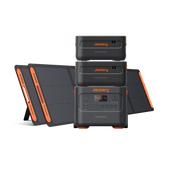

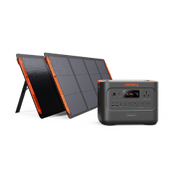

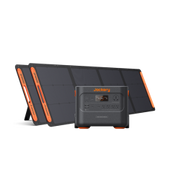
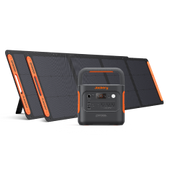

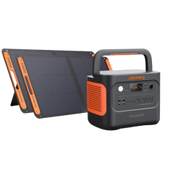

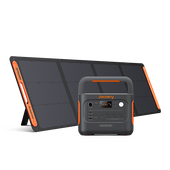
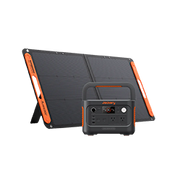


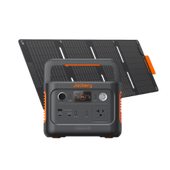
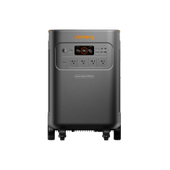
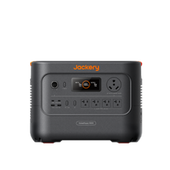
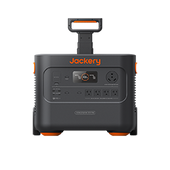
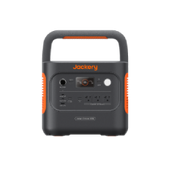
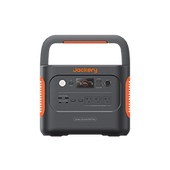
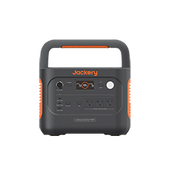

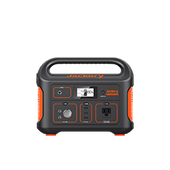
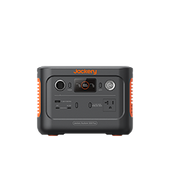

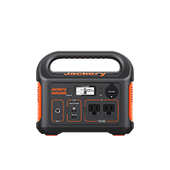

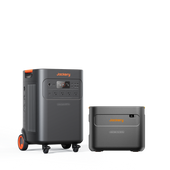
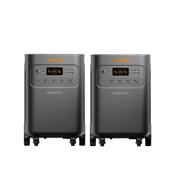



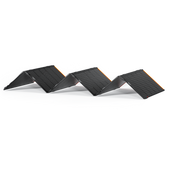
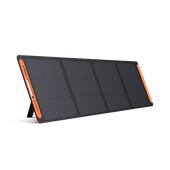

![[Add - on] Jackery Manual Transfer Switch for Explorer 5000 Plus - Jackery](http://www.jackery.com/cdn/shop/files/add-on-jackery-manual-transfer-switch-for-explorer-5000-plus-9017324.png?v=1754016782&width=170)

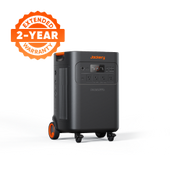










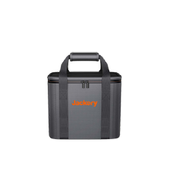











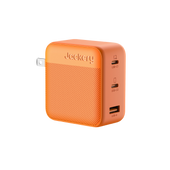
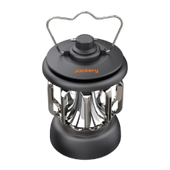


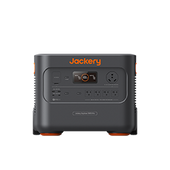
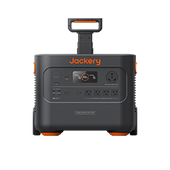

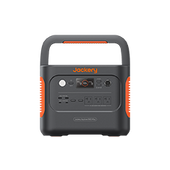
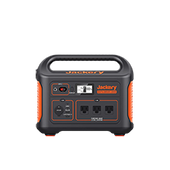
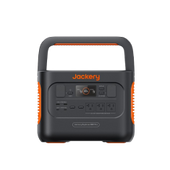
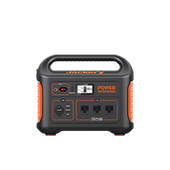
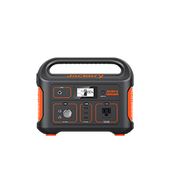
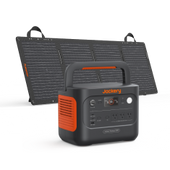
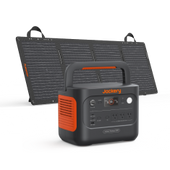
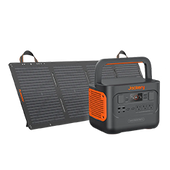





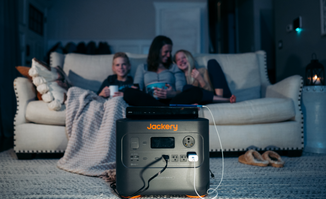


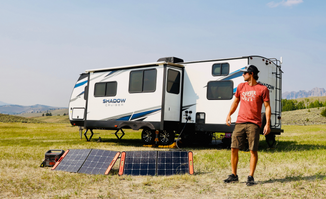








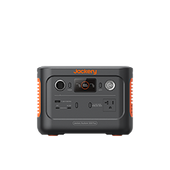

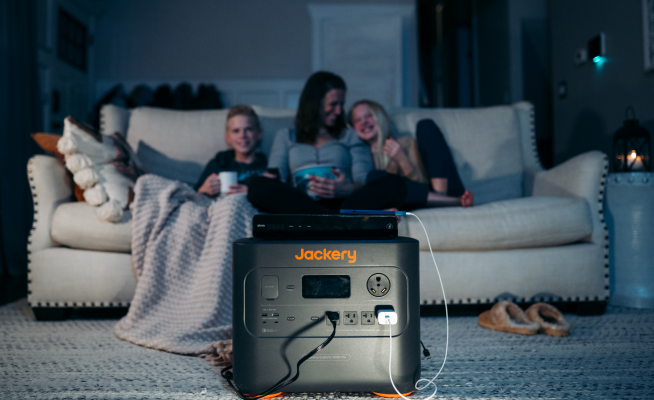


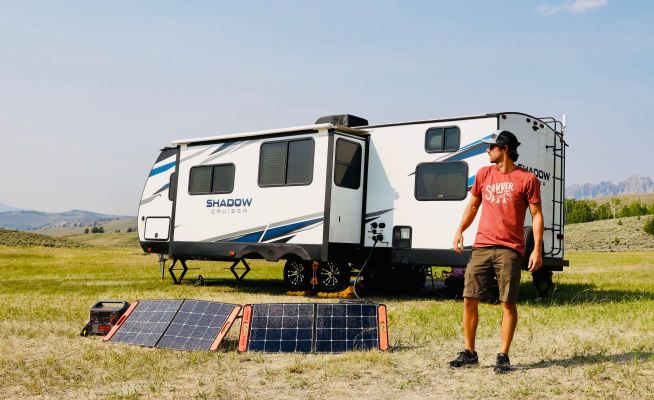













![What Is The Average Electric Bill In New York [2025 Updated]](http://www.jackery.com/cdn/shop/articles/what-is-the-average-electric-bill-in-new-york-2025-updated-9655796.jpg?v=1755187724)




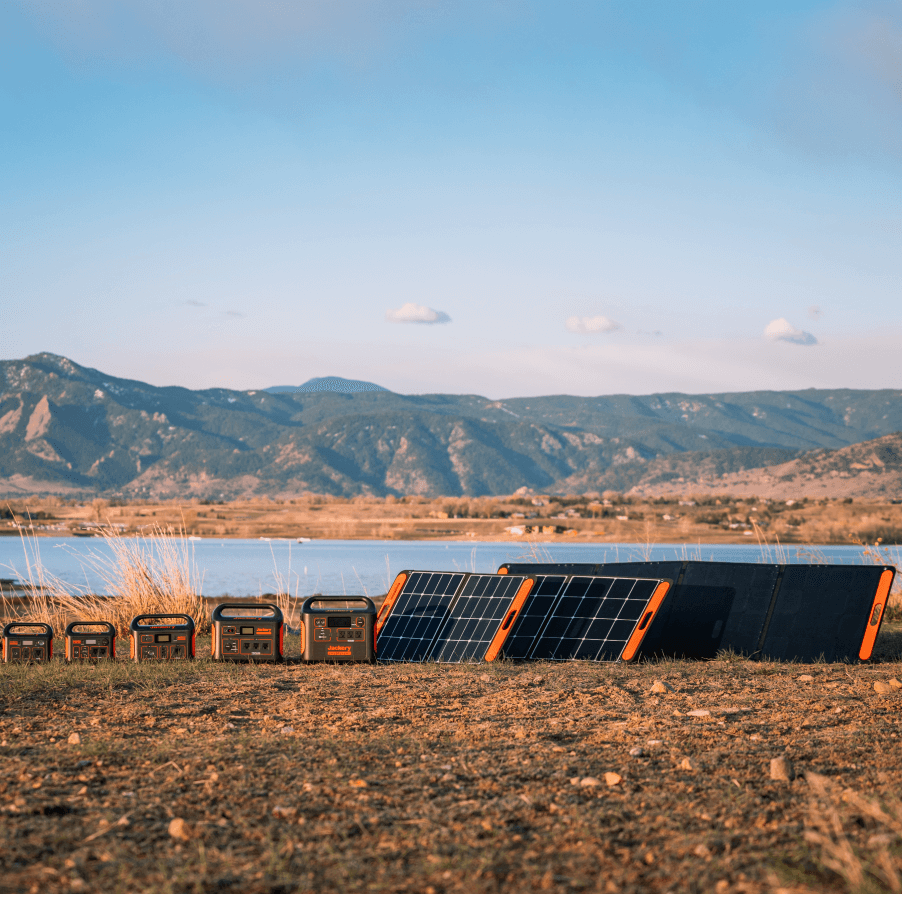

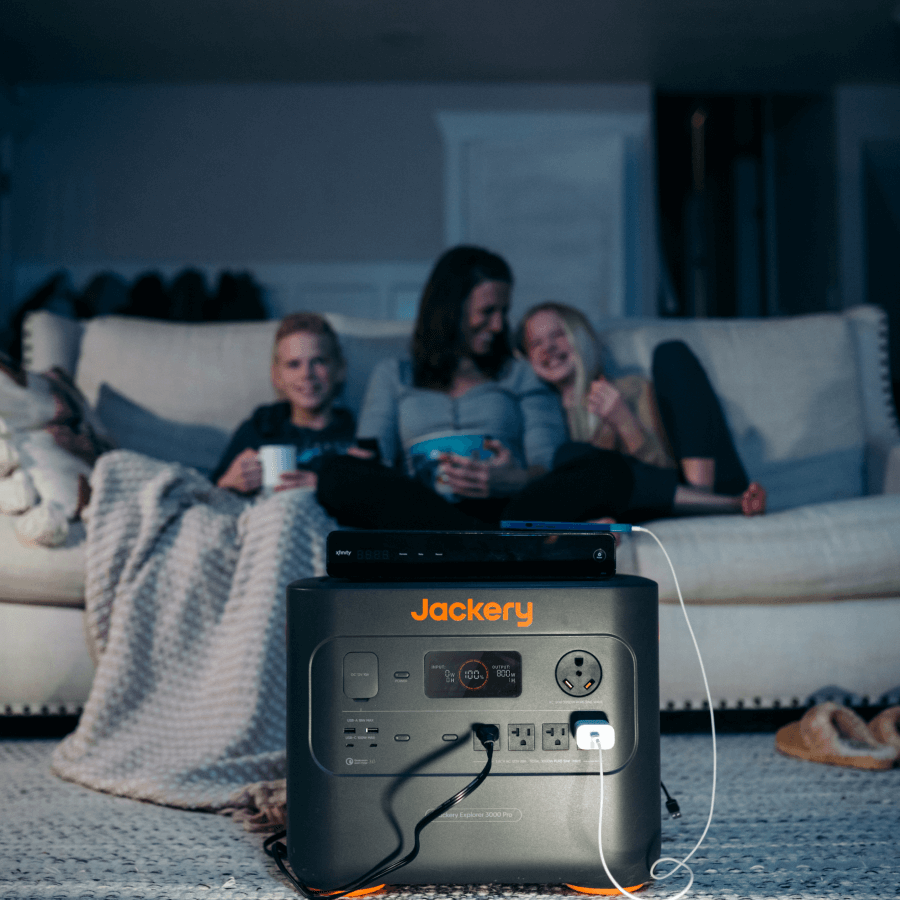
Leave a comment